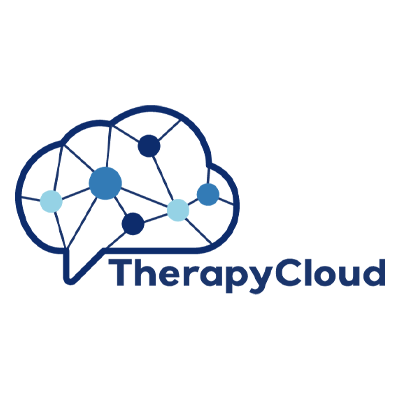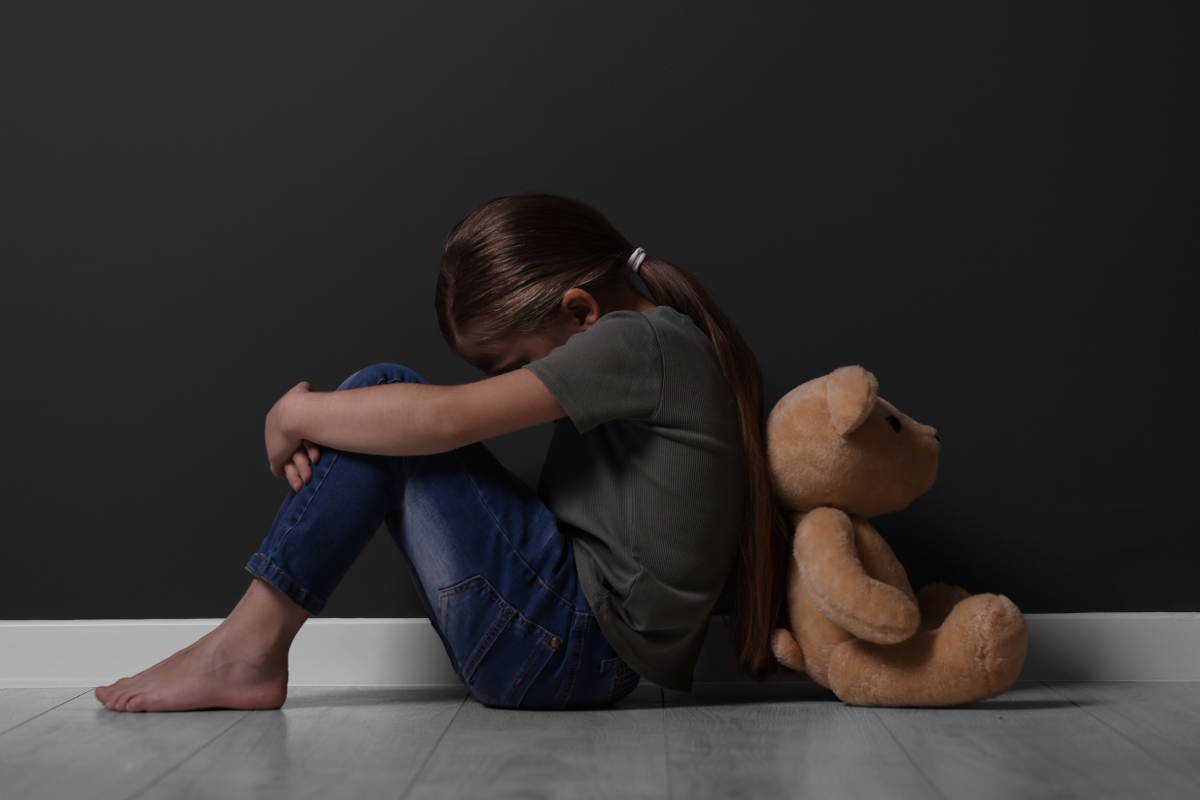Understanding Cognitive Behavioral Therapy: A Comprehensive Guide for Beginners

Understanding Cognitive Behavioral Therapy: A Comprehensive Guide for Beginners
Are you considering therapy but feeling overwhelmed by all the different approaches? Perhaps you've heard about Cognitive Behavioral Therapy (CBT) but aren't sure if it's right for you. You're not alone. Many people find themselves in this exact position when taking their first steps toward mental health support.
In this comprehensive guide, we'll explore everything you need to know about Cognitive Behavioral Therapy—what it is, how it works, what to expect during sessions, and how to determine if it's the right fit for your needs. By the end, you'll have a clearer understanding of this powerful therapeutic approach and feel more confident in your decision-making process.
What Is Cognitive Behavioral Therapy?
Cognitive Behavioral Therapy is a structured, goal-oriented form of psychotherapy that focuses on the connection between your thoughts, feelings, and behaviors. Unlike some other therapeutic approaches that might explore your childhood or unconscious motivations in depth, CBT is primarily concerned with addressing current problems and teaching practical skills to improve your mental health right now.
At its core, CBT is based on several key principles:
- Your thoughts influence your emotions and behaviors
- Psychological problems are partly based on unhelpful ways of thinking
- Psychological problems are partly based on learned patterns of unhelpful behavior
- People can learn better ways of coping with difficulties, thereby relieving their symptoms
Dr. Aaron Beck, one of the founders of CBT and The Beck Institute, described negative thought patterns as "cognitive distortions"—ways our minds convince us of things that aren't actually true. These distortions typically reinforce negative thinking or emotions, making it difficult to overcome challenges.
How Does Cognitive Behavioral Therapy Work?
CBT works by helping you identify, challenge, and change unhelpful thought patterns and behaviors. The process typically involves several components:
1. Identifying Problematic Thoughts and Beliefs
A CBT therapist will help you recognize automatic negative thoughts (ANTs) that contribute to emotional distress. For example, if you experience social anxiety, you might automatically think, "Everyone at this party will judge me" or "I'll definitely say something embarrassing." CBT helps you become aware of these thoughts that often occur outside conscious awareness.
2. Challenging Negative Thinking Patterns
Once you identify these thoughts, you'll learn to evaluate their accuracy and usefulness. This might involve examining evidence for and against the thought, considering alternative perspectives, or recognizing cognitive distortions like "all-or-nothing thinking" or "catastrophizing."
3. Developing New Behavioral Responses
CBT isn't just about changing thoughts—it's also about changing behaviors. Your therapist might encourage you to gradually face situations you've been avoiding (exposure therapy) or practice new skills to replace problematic behaviors. These behavioral experiments provide real-world evidence that can help shift your thinking.
4. Building Coping Skills
Throughout treatment, you'll develop practical strategies for managing distress, solving problems, and improving communication. These skills become tools you can use long after therapy ends..
Conditions Where CBT Shows Remarkable Effectiveness
Cognitive Behavioral Therapy has been extensively researched for decades, with thousands of clinical trials demonstrating its effectiveness, and is often a form of psychotherapy formally recommended by certain providers or insurance companies. Here are conditions where CBT has shown particularly strong results:
Anxiety Disorders
CBT is considered the gold standard treatment for most anxiety disorders, with success rates between 60-80% for:
- Generalized Anxiety Disorder: CBT helps break the cycle of worry and teaches practical relaxation techniques.
- Social Anxiety Disorder: Studies show CBT can be more effective than medication in the long term, with a 70% response rate.
- Panic Disorder: CBT can reduce or eliminate panic attacks in 70-90% of patients, often within 12-16 sessions.
- Specific Phobias: Using exposure therapy (a CBT technique), success rates reach 80-90% for many specific phobias.
Depression
Multiple meta-analyses show CBT is as effective as antidepressant medication for moderate depression, with the added benefit of lower relapse rates. For mild to moderate depression, CBT shows:
- 50-75% improvement rate in depressive symptoms
- Lower relapse rates compared to medication alone (30% vs. 60%)
- Particularly effective for preventing future episodes when skills are maintained
Post-Traumatic Stress Disorder (PTSD)
Trauma-focused CBT approaches show 60-80% effectiveness rates, significantly reducing intrusive memories, avoidance behaviors, and hyperarousal symptoms.
Obsessive-Compulsive Disorder (OCD)
Exposure and Response Prevention (ERP), a specialized form of CBT, leads to significant improvement in 70-80% of OCD patients who complete treatment.
Insomnia
Cognitive Behavioral Therapy for Insomnia (CBT-I) improves sleep in 75-80% of patients and is now recommended as the first-line treatment for chronic insomnia by the American College of Physicians.
Eating Disorders
Enhanced CBT (CBT-E) shows 65-70% recovery rates for bulimia nervosa and binge eating disorder when completed.
Chronic Pain Management
CBT techniques help patients develop better pain management strategies, with studies showing 50-60% of patients reporting improved function and quality of life.
Additional Conditions with Strong Evidence
- Substance use disorders (particularly when combined with other approaches)
- Anger management issues
- Body dysmorphic disorder
- Health anxiety
- Relationship difficulties
What to Expect in Cognitive Behavioral Therapy Sessions
If you're new to therapy, knowing what to expect can help ease any apprehension. Here's what a typical psychotherapy journey might look like with a formal CBT therapist. It is important to note, however, that psychotherapy should always be tailored to you and your needs and that therapists can incorporate CBT concepts and exercises even if they don’t take the following structure that a formal CBT therapist would.
Initial Assessment (1-2 sessions)
Your first session(s) with a CBT therapist will focus on getting to know you and understanding your concerns. The therapist will ask questions about your current difficulties, history, and goals for therapy. This helps them develop a personalized treatment plan.
Structured Sessions (typically 45-60 minutes)
CBT sessions are more structured than other forms of therapy. A typical session might include:
- Review of your week and any homework assignments
- Collaborative agenda-setting for the session
- Work on specific skills or techniques
- Homework assignment for the coming week
Goal-Oriented Approach
Your therapist will help you set specific, measurable goals for therapy. Rather than open-ended exploration, CBT focuses on achieving concrete improvements in thoughts, feelings, and behaviors.
Time-Limited Treatment
While some therapeutic approaches continue indefinitely, CBT is usually brief, typically lasting between 8-20 sessions. The exact duration depends on your specific concerns and progress.
Homework Between Sessions
A crucial aspect of CBT is practicing new skills between sessions. This might include tracking thoughts, completing worksheets, or gradually facing feared situations. Research shows that clients who consistently complete homework assignments tend to see better results.
Is Cognitive Behavioral Therapy Right for You?
While CBT is effective for many people, it isn't the only approach to therapy, and it may not be ideal for everyone. Consider these factors when deciding if CBT might be a good fit:
CBT Might Be Right for You If:
- You're looking for a practical, skills-based approach
- You prefer a structured, goal-oriented therapy
- You're willing to actively participate and complete homework
- Your concerns involve specific symptoms or behaviors
- You're motivated to make changes in your thinking and behavior
Other Approaches Might Be Better If:
- You primarily want to explore past experiences or childhood issues
- You're seeking insight into unconscious motivations
- You prefer a less structured, more exploratory approach
- You're looking for long-term support rather than brief intervention
Remember that many therapists integrate elements from different therapeutic approaches, and the relationship with your therapist is often as important as the specific approach used. Use our handy therapist search feature to see if you can find the right one for you today!
Starting Your CBT Journey: Practical Tips
As you prepare to begin Cognitive Behavioral Therapy, these tips can help you get the most from your experience:
Set Clear Goals
Before your first session, think about what you hope to achieve through therapy. Having specific goals can help focus your work together.
Be Open and Honest
The more transparent you are with your therapist, the better they can help you. Remember that therapists are bound by confidentiality and won't judge you.
Commit to the Process
CBT requires active participation. Be prepared to challenge yourself and practice new skills, even when it feels uncomfortable.
Track Your Progress
Keep notes on changes you notice in your thoughts, feelings, and behaviors. This can provide motivation and help identify areas that need more attention.
Be Patient with Yourself
Change takes time. You might experience setbacks along the way—this is normal and part of the learning process.
Frequently Asked Questions About Cognitive Behavioral Therapy
How long does CBT take to work?
Many people begin to notice improvements within 4-8 sessions, though complete treatment typically takes 12-20 sessions. Research shows that 50% of patients experience significant improvement within 15-20 sessions. Factors affecting your timeline include:
- Severity and duration of your symptoms
- Presence of multiple conditions
- Your commitment to practicing skills between sessions
- Life stressors that may complicate recovery
How does CBT differ from other therapies?
CBT is more structured, present-focused, and skills-based than many other therapies:
- vs. Psychodynamic therapy: CBT focuses less on childhood and unconscious processes, more on current thought patterns
- vs. Person-centered therapy: CBT is more directive and structured than this non-directive approach
- vs. Acceptance and Commitment Therapy (ACT): While related, ACT focuses more on accepting thoughts rather than changing them
Will I need to take medication with CBT?
Not necessarily. For many conditions like mild to moderate anxiety or depression, CBT alone can be effective. For more severe symptoms, combining CBT with medication often provides the best results. Your therapist can discuss options and possibly refer you to a psychiatrist if medication seems beneficial.
What kind of homework will I have to do?
CBT homework varies based on your specific concerns but might include:
- Thought records: Documenting situations, thoughts, emotions, and behaviors
- Behavioral activation: Scheduling and engaging in positive activities
- Exposure exercises: Gradually facing feared situations
- Relaxation practices: Learning and applying stress management techniques
- Reading materials: Learning more about CBT concepts
Can children and teens benefit from CBT?
Yes, CBT has been adapted for various age groups. Research shows it's effective for children as young as 7 for conditions like anxiety, OCD, and behavioral problems. Therapists typically modify techniques to be age-appropriate, often incorporating:
- Play-based activities for younger children
- Technology and apps for teens
- Family involvement when appropriate
Will I have to talk about painful memories?
While CBT focuses primarily on current thoughts and behaviors, some discussion of past experiences may be necessary to understand patterns. However, unlike trauma-focused therapies, CBT doesn't typically require detailed recounting of traumatic events unless working specifically on trauma symptoms.
What if I don't feel comfortable with my therapist?
The therapeutic relationship is crucial for successful therapy. And there are a whole host of credentials and experiences that therapists can have (find out more about the options in our blog specifically about this here). If you don't feel comfortable after 2-3 sessions, it's perfectly acceptable to:
- Discuss your concerns directly with your therapist
- Ask for a referral to another provider
- Seek a different therapist who might be a better fit
Research consistently shows that the quality of the therapeutic relationship is one of the strongest predictors of positive outcomes.
Can I do CBT online or through apps?
Digital CBT options have grown substantially and show promising results:
- Telehealth: Research indicates video-based CBT is comparable to in-person for many conditions
- Self-guided apps: Apps like MoodMission, Woebot, and MindShift incorporate CBT principles with varying degrees of effectiveness
- Online courses: Structured programs like MoodGym show moderate benefits for depression and anxiety
While digital options can be helpful, they typically work best for mild to moderate symptoms and are viewed as helpful only as a supplement to working with a psychotherapist. (That is why AI can’t possibly replace the effectiveness of therapist-led treatment.)
How do I know if CBT is working?
Signs of progress in CBT include:
- Decreased frequency or intensity of symptoms
- Improved ability to manage difficult emotions
- Changed responses to triggering situations
- Better relationships and communication
- Achievement of specific goals set at the beginning of therapy
Most CBT therapists use standardized measures like feedback forms or scaling questions to track progress objectively throughout treatment.
Conclusion: Taking the First Step
Beginning therapy is a courageous decision that reflects your commitment to improving your mental health and wellbeing. Cognitive Behavioral Therapy offers a practical, evidence-based approach that has helped millions of people overcome a wide range of challenges.
Remember that finding the right therapist may take time, and it's okay to meet with several providers before deciding who feels like the best fit. The therapeutic relationship is a crucial factor in successful outcomes, regardless of the specific approach used.
As you begin your CBT journey, approach the process with curiosity, patience, and self-compassion. The skills you learn won't just help with your current difficulties—they'll provide valuable tools for navigating future challenges as well.
Whether you're dealing with anxiety, depression, relationship problems, or other concerns, Cognitive Behavioral Therapy offers hope and practical strategies for creating meaningful change in your life. The path to better mental health begins with a single step, and now you're better equipped to take it.




